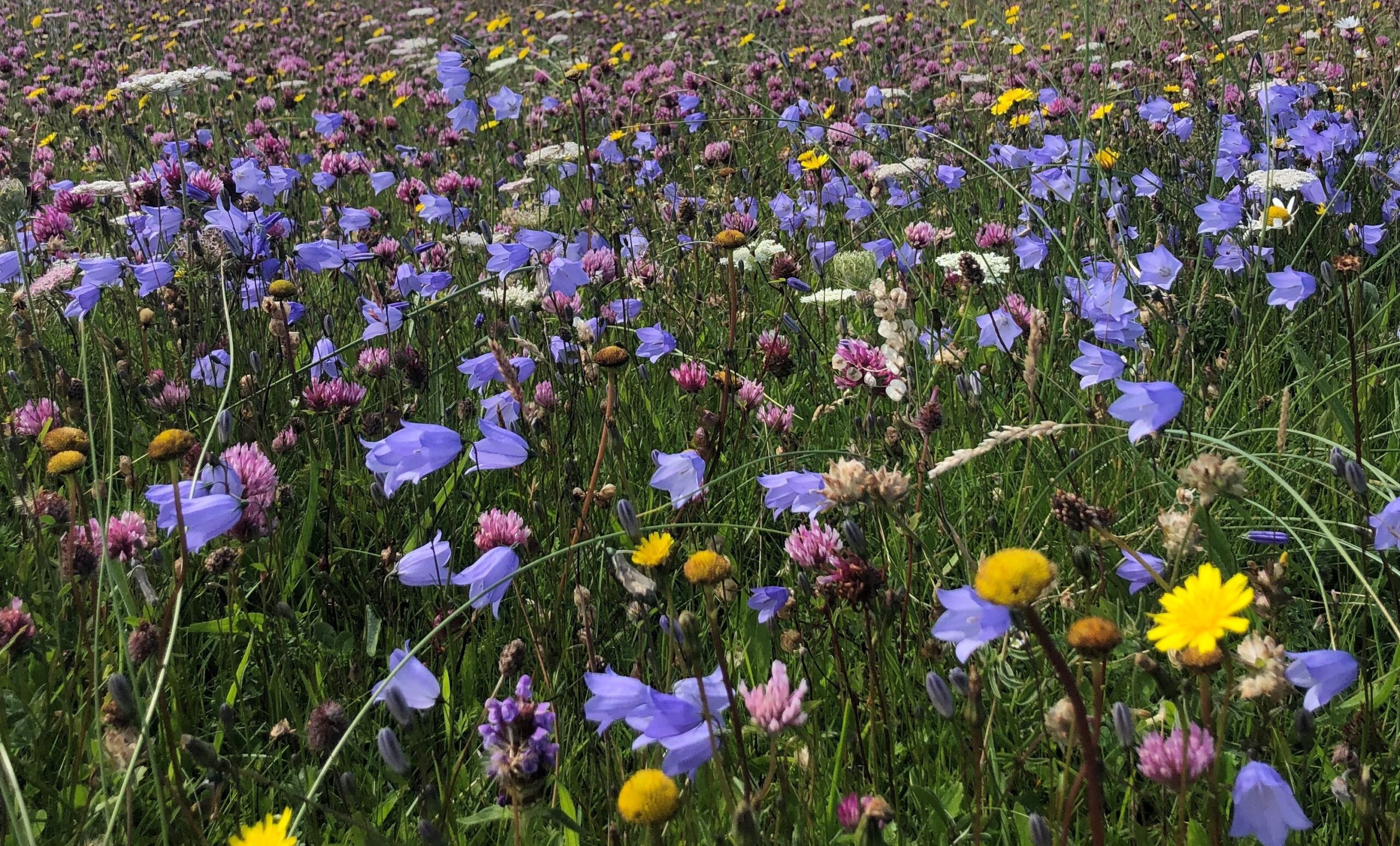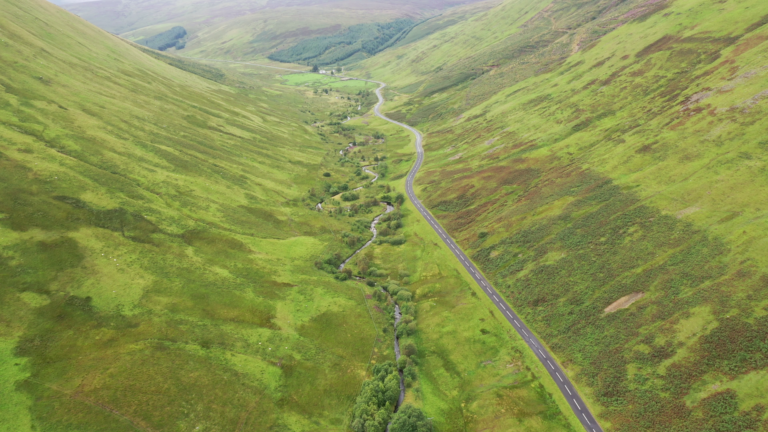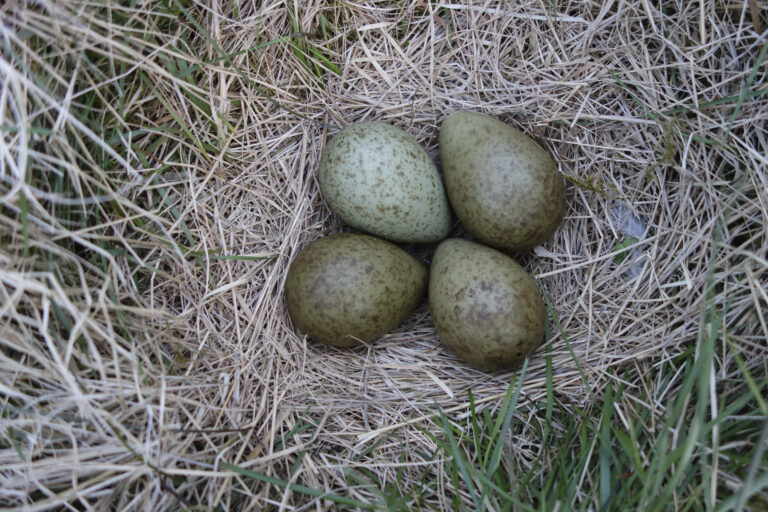By Rachel Richards, B-Lines officer, Buglife
Our Wild Isles are diverse and beautiful, and we are proud of our countryside and its wildlife. Scotland in particular boasts some of the wildest corners, and yet, we are losing wildlife at an alarming rate.
The current agricultural reform process taking place in Scotland is an opportunity to halt and reverse that decline, in fact the Scottish government has committed to protect (by 2030) and restore nature by 2045, but this will only happen if we significantly increase our ambition. Around three quarters of the land in Scotland is farmed, and if we get the changes right, the opportunities for wildlife to recover and thrive are huge. If we get them wrong, the results could be disastrous.
Flower-rich machair grasslands
More than 20% of Scottish agricultural land is grassland, including upland and lowland grassland, species rich hay meadows, flood plain meadows and machair grassland. The latter is one of the rarest habitats in the world. We still have these flower-rich machair grasslands, and the abundance of species they support, today thanks to 5,500 years of non-intensive farming without the use of pesticides.
Great Yellow Bumblebees (Bombus distinguendus), once found across the UK, are now restricted to this habitat in the Western Isles and Orkney where high densities of pollen and nectar rich plants including Red Clover, Knapweed and Kidney Vetch are left ungrazed late into the summer, when this bee most needs them. This habitat has been maintained by the sympathetic management of wildlife friendly farmers on High Nature Value Farms (HNV).
Though HNV farms and crofts cover around 44% of Scotland’s farmland, predominately the highlands and islands, most funding currently goes to farms outside of these areas in the form of large direct payments, instead of supporting the farming systems which are most beneficial to nature.
A fresh approach
To help farmers to address the nature and climate crisis, a fresh approach is needed – a new agricultural policy that supports farmers to move away from the use of agrochemicals including high levels of artificial fertiliser and to increase the number of regenerative and organic farms. Scotland aspires to be a global leader in sustainable and regenerative agriculture, and the funding needs to drive that ambition.
The Lawton Review, Making Space for Nature, states that to reverse wildlife collapse requires “a larger network comprising more areas rich in wildlife, bigger sites, better managed sites, and more inter-connected sites”. David Attenborough on the recent Wild Isles grasslands episode said, “We can help them (wild bees) recover by restoring wild areas between our intensively managed fields”. This is very true, we need those ‘wild areas between’ but we also need more of the less intensively managed fields, free of pesticides with healthy hedgerows around them, ponds, ditches, flower-rich grassland and areas of native woodland.
B-Lines: a network for nature recovery
We have lost 97% of our species-rich grassland in the UK in the last 100 years and what remains now is often isolated and fragmented. Wild areas separated by miles of intensively managed fields are not sustainable. These flower-rich islands will become increasingly depleted of both diversity and abundance. Many invertebrates, including small solitary bees only travel a few hundred metres, so if they are lost from an isolated site after a spring flood or a summer fire, they will be unable to recolonise. We need more, bigger, better and more joined up. This is where B-Lines comes in.
B-Lines is a network for nature recovery. Working with local and national stakeholders, Buglife and partners have created a map of opportunity – a national network that, once complete, will enable species to move freely through the countryside and thrive.
The new agricultural policy and funding regime needs to support farmers to work together across landscapes to create connected habitats which support nature recovery at scale. B-Lines has mapped priority areas for flower-rich habitats, and we now need a policy that supports farmers in creating and managing wildlife-rich habitats as part of a profitable farm business.
Find out more about B-Lines and view the map.
Disclaimer: The opinions expressed in this blog are the author’s and do not necessarily represent the views of all the organisations backing the Farm for Scotland’s Future campaign.




